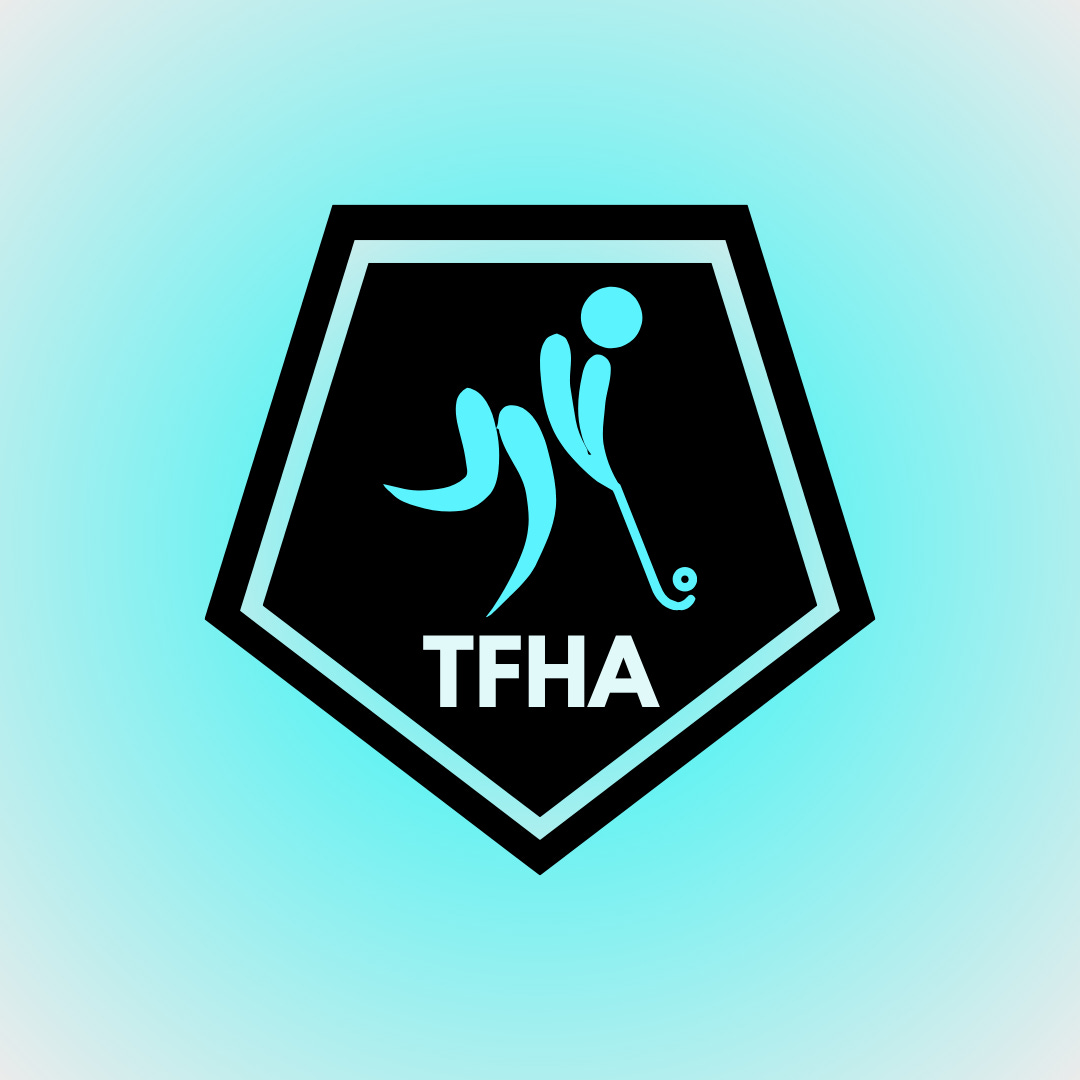Hailing from New Jersey, USA, Allison Keefe brings a fresh American perspective to the table. Best known for her platform "The Field Hockey Analyst", Allison has become a tireless advocate for greater recognition and coverage of field hockey in the United States. Through her savvy use of social media and dedication to data-driven storytelling, Allison is bridging the gap between grassroots players, elite national teams, and the US field hockey community.
Social Media and Growing the Game
The conversation opens with Ernst and Jaspreet asking Allison about her journey into using social media as a tool to grow the sport. Allison details her frustration with the lack of media coverage for lower-tier college teams, particularly Division 3, where her best friend played:
"If you googled her team, you would maybe get a roster. And that was about it."
To address this, she began posting scores, rankings, and insights on Twitter and eventually moved to Instagram, where younger players and recruiters are more active. Her stubborn resolve paid off—her platform just hit 20,000 followers:
"I believe that the first step to growing the game is to talk about the game."
By providing players at all levels with much-needed visibility, Allison is playing a pivotal role in U.S. field hockey’s online community.
Differences in Hockey Culture: Europe, India, and the U.S.
Jaspreet probes deeper into the differences among hockey cultures around the world—comparing the pay-to-play system and club loyalty in Europe, the professional career orientation in India, and the collegiate focus in the U.S. Allison paints a nuanced picture of the American landscape: "Once you get your college scholarship, you’re either going to coach or you’re never going to play again." She explains that, apart from certain regions like Pennsylvania, early-age youth hockey is rare due to limited programs and high costs—unlike soccer or baseball, where children start as young as four. She also notes the absence of deep club loyalties: "It’s not unheard of for players to have played in three or four clubs in their career." This transitory approach stands in stark contrast to Europe’s generational club culture and India’s professional structure.
Personal Journey into Hockey
Ernst inquires about Allison’s path into the sport. Her story is both uncommon and serendipitous: "It was genuinely an accident for me to start playing field hockey." Originally a competitive cheerleader, Allison only picked up hockey at age 14 after a mishap during high school sports signups. Despite early injuries and initial reluctance, she gradually grew to love the sport—first serving as a team manager and statistician, a role that aligns with her passion for numbers and data. This twist of fate eventually led her to Sacred Heart University and set her on the path that would become "The Field Hockey Analyst."
Early Roles and the Evolution to Analysis Platform
Injured after her first hockey season, she supported her team with stats and scoring, leaning into her affinity for numbers: "I’ve always been a numbers person... I still have those memorized." Her managerial roles in high school and college transitioned into in-depth interest and expertise, eventually leading her to build a platform for sharing analysis with a broad and diverse audience.
Distinctive Approach to Data and Analysis
Jaspreet asks Allison how her perspective on data analysis differs from others in the field. Allison describes her dual approach: using accessible graphics and plain-language breakdowns for her public audience, while diving much deeper into video analysis and player “tells” for her college and junior national teams. She notes, "Everyone has, like a minuscule tell, especially on corners and strokes," referencing everything from stick position to pre-shot rituals. Her methodical attention to these details is helping Americans better understand and predict crucial game moments.
Scope of Analysis: Collegiate versus International
Ernst queries whether Allison’s forensic analysis extends beyond U.S. domestic games to the international level. She confirms that her work often includes studying Team USA opponents, especially recurring Pan American rivals like Argentina or globally dominant squads such as the Netherlands or Australia. However, her primary focus remains national and collegiate hockey.
Pan American Cup: U.S. Men’s and Women’s Performance
Jaspreet brings up the recent Pan American Cup, where both U.S. men’s and women’s teams competed for World Cup qualification. Allison celebrates the historic achievement of the men’s team reaching the final for the first time since 2009 highlighting one of the more junior players: "It was his first tournament ever with the senior men’s program here. And he did all the shootouts for us and had a great performance." She also highlights the struggles unique to the American men’s program, such as the lack of development systems and opportunities for boys in youth and high school.
Development Pathways and Diversity in U.S. Men’s Hockey
Building on this, Ernst and Jaspreet probe the structure of men’s hockey development in America, and the influence of South Asian and international communities. Allison explains the newly expanded youth national teams, monthly centralized training camps, and a recent emphasis on indoor and Hockey Fives formats due to low numbers. She openly critiques the relevance of indoor and Hockey Fives as development tools, but notes: "A lot of our players are international... who have US Citizens or US playing rights who are now playing here."
Pan Americans: Women’s Team and the Road to the World Cup
Turning to the women’s team, Jaspreet asks about their Pan Am campaign and the historical dominance of Argentina. Allison is pragmatic but positive:
"Obviously, we want to win a gold. Argentina exists, so that makes it kind of hard, but... our goal was to get to the World Cup and we achieved that."
Despite injury setbacks to star players, Allison praises Team USA’s penalty corner defense and the resilience shown in close knockout matches. She’s especially proud of goalkeeper Kelsey Bing’s shootout heroics: "Kelsey Bing... has been phenomenal in goal for Team USA for quite a while now."
The Data Divide: Bridging Gaps in Men’s and Women’s Sports
Ernst highlights Allison’s advocacy for data equity between men’s and women’s sports, prompting her to critique the vast disparities in research and record-keeping. Using baseball as a point of comparison, Allison remarks: "It's honestly, like, egregious how much data they have. I was looking one day and they have calculated wind speeds of every game since, like, 2013." In contrast, she laments how even top college field hockey programs might neglect basic statistics like stroke conversion rates. This lack of information, she argues, limits understanding and progress, not just in hockey, but in women’s sports at large.
Machine Learning, AI, and the Future of Data Analysis
Jaspreet references Allison’s co-authored research on AI and machine learning in women's college basketball, asking how these technologies might shape the future of hockey analysis. Allison foresees major potential in injury prediction and performance tracking, given the vast quantities of biometric data (heart rate, GPS load, hydration) now collected: "You just put it into a system and it analyzes like, okay, this player needs more recovery time…That is a step or an avenue where AI and sports could go." She also identifies AI’s potential in officiating and video review. However, she notes that widespread adoption is still nascent, and analysts remain wary of being replaced by automation.
Real-World Uses and Future Prospects for AI in Hockey
Ernst asks how Allison herself deploys AI today. She admits AI mostly helps with code-checking in her analytic software, but she sees huge upside if AI can automate opponent corner scouting, extract meaningful trends from big datasets, and benchmark performance against international standards: "Most teams... have databases of... their opponent’s corners... It probably would save most analysts a lot of time to just kind of throw it into... an AI system and get those results pulled out." Allison’s vision is for AI to make analysis faster, more comprehensive, and more accessible—while recognizing the importance of human judgment and domain expertise.
Field Hockey or Hockey: Naming and Identity in the U.S.
Jaspreet and Ernst playfully debate the naming conventions, asking Allison if she prefers "field hockey" or simply "hockey." Her answer reflects the peculiar tension American fans face: "If I’m talking to anyone I know, I will only say hockey... but if I’m talking to someone who I know doesn’t know, I work in field hockey, just because... they’re going to probably assume ice hockey here." This mirrors the ongoing challenge of carving out a distinct identity for the sport in North America.
Upcoming U.S. College Season: Coverage, Challenges, and Excitement
Looking ahead, Jaspreet asks Allison about her plans for the college season. She outlines the logistical puzzle of accessing games, given fragmented and expensive streaming rights, but is clearly energized by the talent and drama expected this year. "Streaming those games is terrible... but I’m really excited for the season." She spotlights dominant programs like Northwestern and North Carolina (UNC), the evolving NCAA roster rules, and the struggles of smaller teams due to international visa issues. Allison is also keen to track U.S. national team members playing professionally in Europe and hopes more Americans will participate in the celebrated Hockey India League.
Peculiarities of American College Hockey: Substitutions and Roster Size
Ernst raises a final technical point—the curious tendency in U.S. college hockey for coaches to rely extremely heavily on their starting 11, rather than taking advantage of rolling substitutions as in Europe. Allison links this to scholarship structures and competitive priorities, but criticizes the reluctance to use substitutes even in lopsided games: "At that point, just play your backup players and see what happens... we definitely have a culture where, like, we have massive rosters and then we don't play, like a big part of them." This practice, she suggests, runs counter to player development and retention.
Reversing the Perspective: Allison’s Questions for Europe and India
Closing the conversation, Ernst and Jaspreet invite Allison to ask about their own hockey cultures. Allison wonders why hockey achieved such deep-rooted cultural significance in India and parts of Europe, while remaining a niche sport in the States. Jaspreet sketches the heroic legacy of India’s Olympic success and its post-independence national pride, while Ernst emphasizes the social, familial, and educational functions of the club system in Europe: "
We perceive that top hockey is there to support recreational hockey, not the other way around... parents put children into hockey because that's where their friends are."
We hope you enjoyed this episode of Studio Hockey…
Don’t forget to subscribe, and until next time—happy hockey!

















